html
China’s Auto Market Watch: Why Are Joint Venture Brands Collectively Ushering in the Era of “Transparent Pricing”?
Welcome to our in-depth analysis of China’s auto market and the recent shift towards transparent pricing strategies. In this article, we will explore the phenomenon of car companies adopting the “fixed price” policy, the driving forces behind this change, the benefits for consumers, the challenges faced by car companies, and the future trends of the market. Stay tuned to learn more about this evolving landscape.
Market phenomenon: car companies collectively launching the “fixed price” strategy
Recently, there has been a noticeable change in China’s auto market: more than 20 car brands have launched the “fixed price” policy. These models are mainly concentrated in the family car segment, with prices concentrated in the range of 15,000 to 35,000 US dollars (original price 100,000-250,000 RMB). For example:
- Buick Regal 14,750 USD (original price 106,900 RMB)
- Nissan Sylphy from 12,400 USD (original price 89,800 RMB)
- Ford Mondeo 17,350 USD (original price 125,800 RMB)
- Volkswagen Thuan Pro from 37,200 USD (original price 269,900 RMB)
Luxury brands have also joined the price war:
- Jaguar XEL from $26,200 (original price $189,800)
- BMW 330Li $33,100 (original price $239,900)
- Land Rover Discovery Sport $23,400 (original price $169,800)
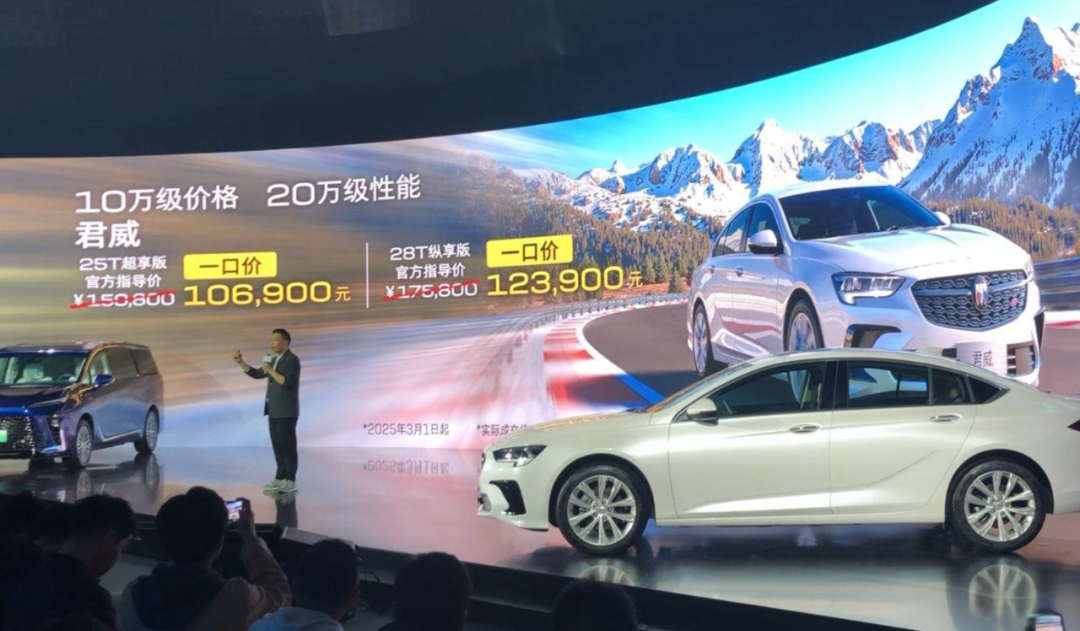
2. Three driving forces behind the price changes
2.1 New energy vehicles are taking over the market
Currently, new energy vehicles account for more than 50% of sales in China. Brands such as Tesla have adopted the “direct sales + transparent pricing” model, which has changed consumer buying habits. Data shows that more than 70% of young consumers prefer the method of buying cars with clearly marked prices.
2.2 The traditional pricing model is no longer effective
In the past, fuel-powered vehicles used the strategy of “guidance price + terminal discount”, which led to confusion over the actual transaction price. For example, the official guidance price of a mid-sized Japanese brand vehicle is 25,500 US dollars (185,000 RMB), but the transaction price in different regions may differ by 5,000 US dollars (36,000 RMB). This lack of transparency is gradually losing consumer trust.
2.3 Changes in cost structure
The cost of key components (batteries/motors) for new energy vehicles continues to decline, while investment in engine technology research and development for fuel vehicles is increasing. This cost difference is directly reflected in the end price. Take a model priced at 25,000 USD (180,000 RMB) as an example:
- The manufacturing cost of a fuel vehicle accounts for 45%
- The manufacturing cost of a new energy vehicle accounts for 38%
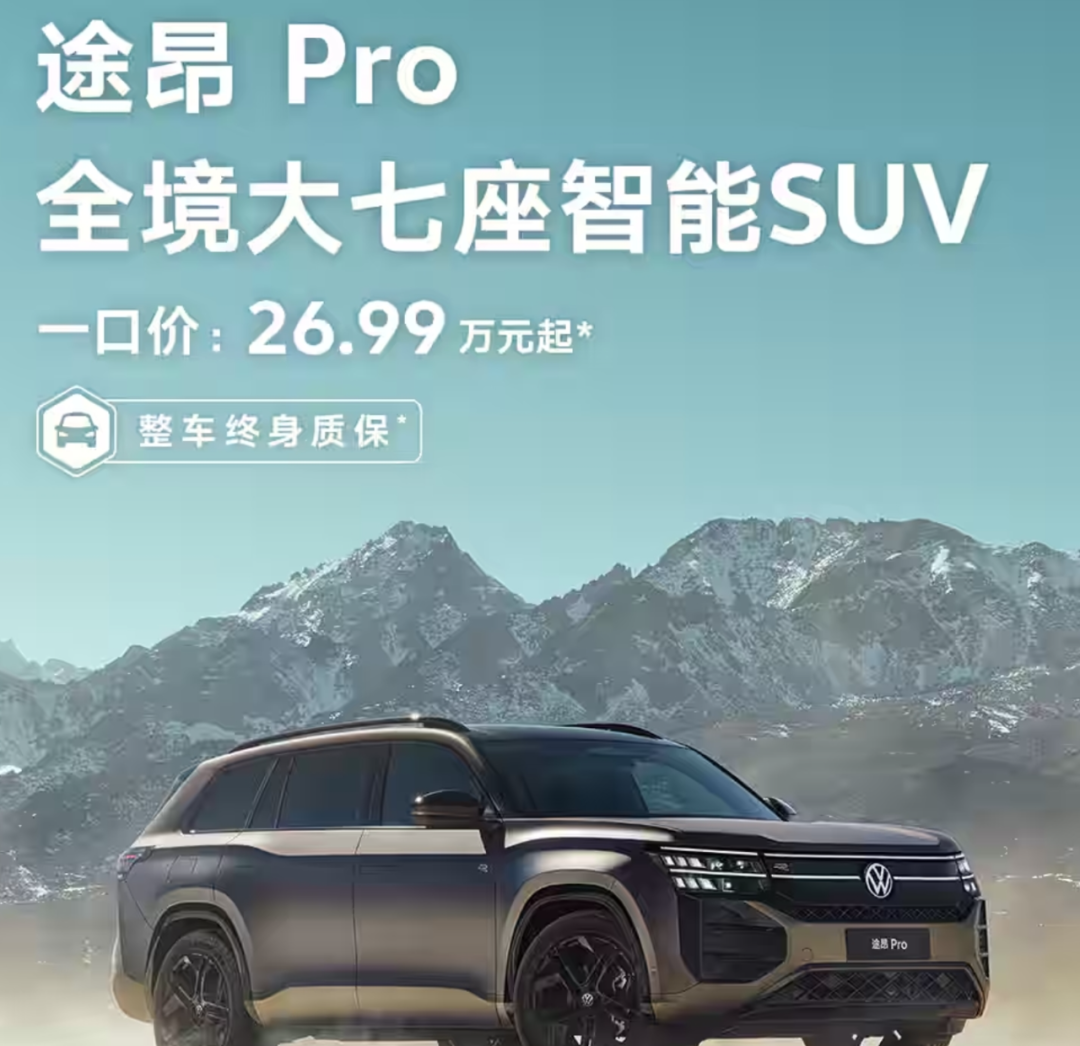
3. What benefits are consumers gaining?
3.1 Saving time comparing prices
In the past, buying a fuel vehicle required on average
- Visiting 4-6 4S stores
- Spending 15-25 hours communicating
- Negotiating 3-5 rounds of prices
Now, a unified price quote can be obtained through the official website, and the decision-making time is shortened by 60%.
3.2 Improved price transparency
Take a German brand as an example. After the implementation of the “fixed price” policy:
- Official website visits increased by 120%
- Customer complaints decreased by 45%
- The transaction cycle was shortened to 3 days
3.3 Upgrade of after-sales protection
Most brands launch service commitments simultaneously when implementing new pricing:
- √ 3-year free basic maintenance
- √ 5-year powertrain warranty
- √ 24-hour roadside assistance
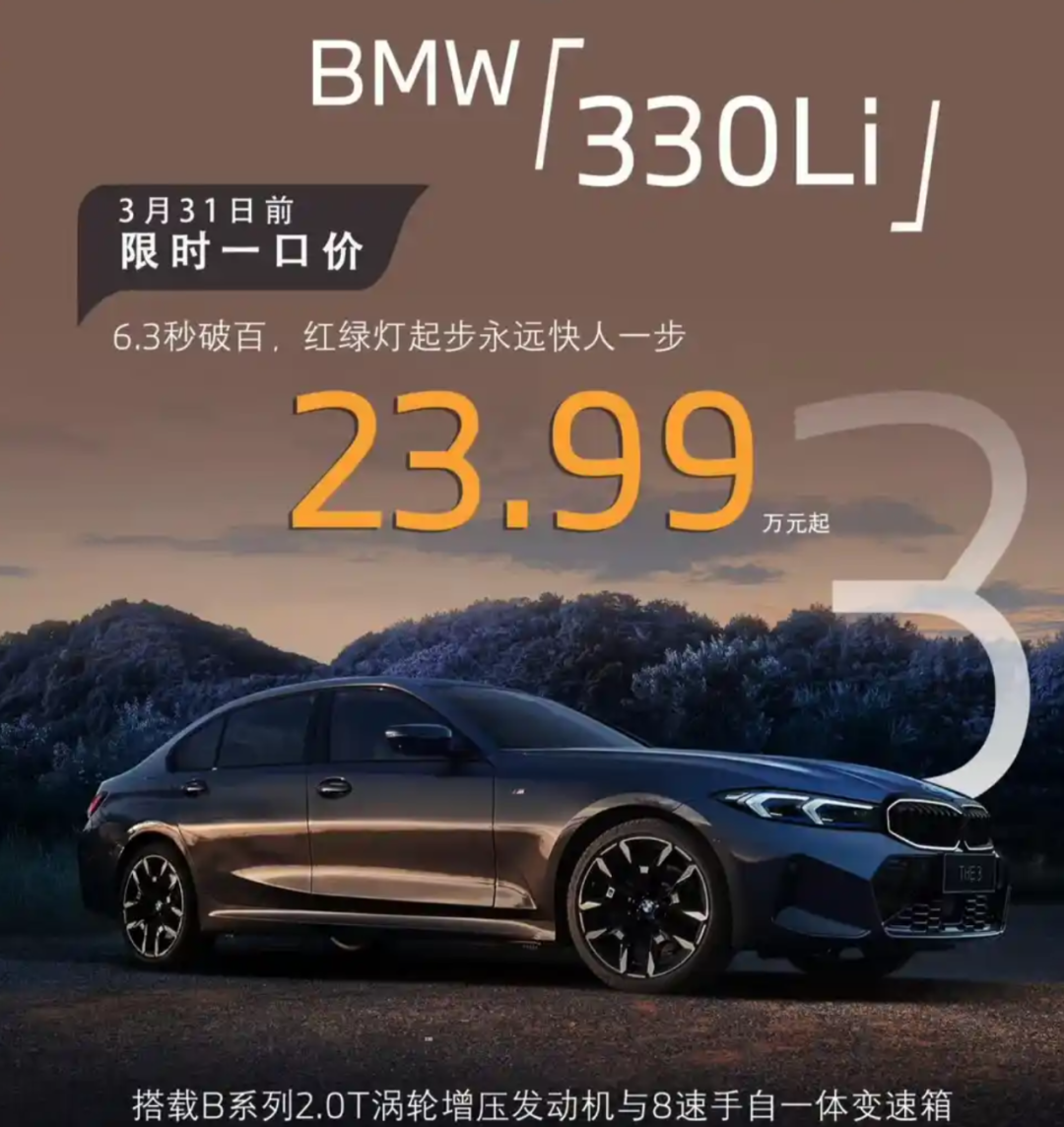
4. Transformation challenges faced by car companies
4.1 Reform of the dealer system
The profit structure of traditional 4S stores is being adjusted:
- The proportion of sales profits has dropped from 35% to 15%
- After-sales service profits have increased to 55%
- Auto finance business grows to 30%
4.2 Inventory management optimization
After implementing transparent pricing, the average inventory turnover days of car companies has been shortened from 45 days to 28 days, and the efficiency of capital utilization has been improved by 37%.
4.3 Brand value remodeling
Market research shows that
- 60% of consumers believe that transparent pricing improves brand credibility
- However, 35% of consumers are worried that price cuts will affect the value retention rate of vehicles
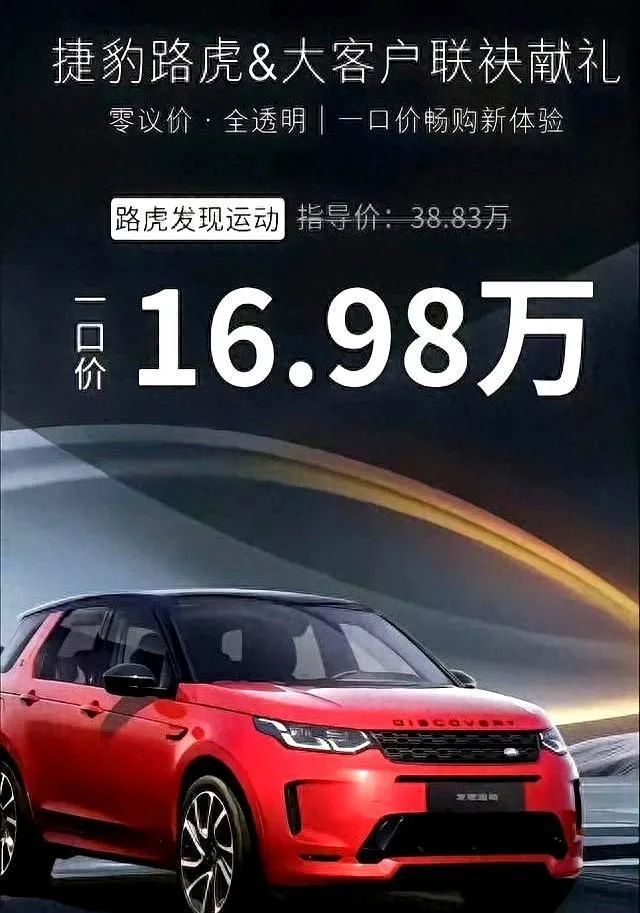
5. Forecast of future market trends
5.1 Price strategy differentiation
- Basic models: maintain stable prices
- Mid-range models: adjust prices every quarter
- High-end models: launch limited-time discounts
5.2 Service value highlighted
It is expected that by 2025:
- The penetration rate of connected car services will reach 90%
- The proportion of subscription services will rise to 25%
- The market size of personalized modifications will exceed 5 billion U.S. dollars
5.3 Accelerated technological iteration
Percentage of R&D investment by major car companies:
- 2023: 4.2% of revenue
- 2025 (forecast): 6.8% of revenue
Key areas of investment: intelligent cockpits, autonomous driving, battery technology
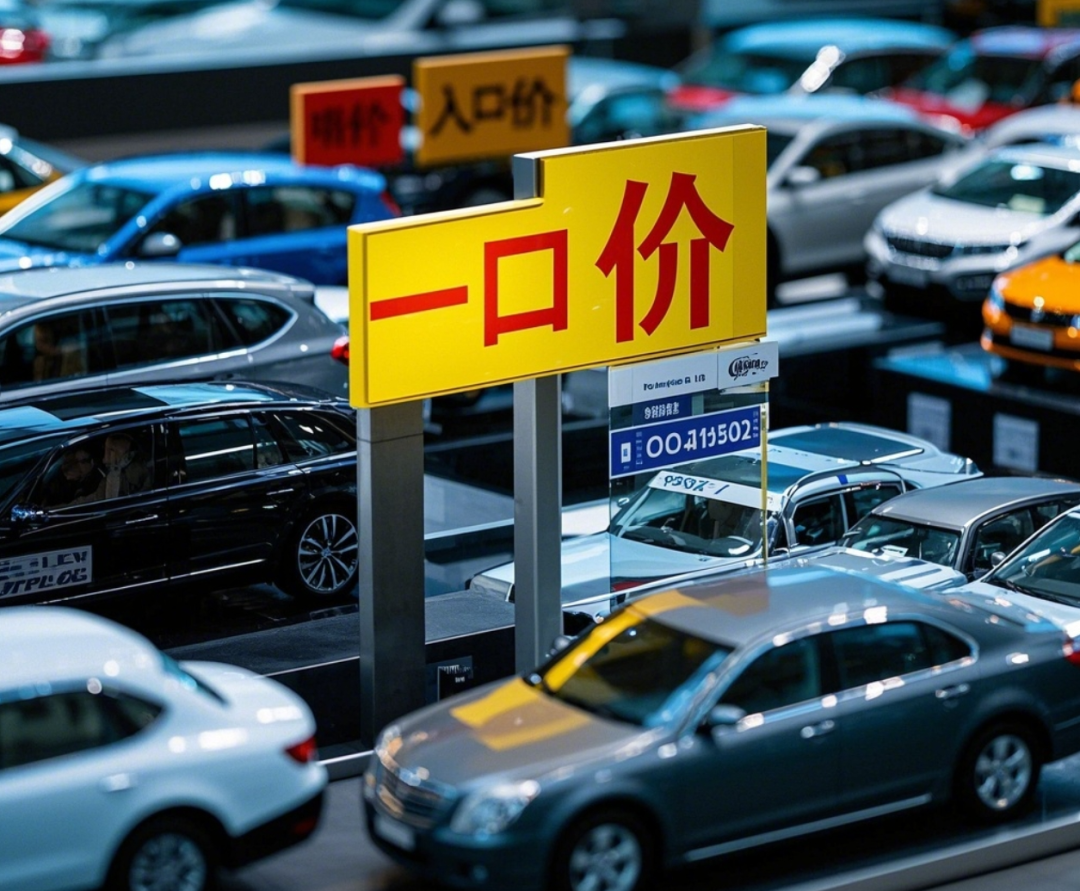
6. Practical advice for consumers
6.1 Timing of car purchase
- End-of-quarter sales (March/June/September/December)
- 1–2 months before model change
- During major auto shows (Beijing/Shanghai Auto Shows)
6.2 Pay attention to hidden costs
Recommendations Key comparison:
- → Insurance cost differences (20% difference between brands)
- → Maintenance intervals (5000 km vs 10000 km)
- → Parts ratio coefficient (generally over 400% for luxury brands)
6.3 Use digital tools
Recommendations:
- ▶ Official car company app to check real-time inventory
- ▶ Third-party platform price comparison tools
- ▶ AR technology to view vehicle details online

7. Industry expert opinions
Data from the Tsinghua University Automotive Research Institute shows that
- Transparent pricing has increased customer satisfaction by 28%
- But customer loyalty has decreased by 15%
- The second-car purchase cycle has shortened from 5.3 years to 4.1 years
A McKinsey research report points out that
China’s auto market is forming a new price system:
- → Entry-level models: 10,000-15,000 USD
- → Mainstream family cars: 20,000–30,000 USD
- → High-end models: 40,000–60,000 USD
Conclusion:
The current price changes are not just about numbers, but also about the restructuring of the entire automotive industry value chain. For consumers, this means a more transparent consumption environment; for car companies, it requires more precise cost control and value innovation. As the penetration rate of new energy vehicles continues to increase, it is expected that more brands will join the pricing system reform in the next three years. It is recommended that car buyers focus on the manufacturer’s long-term service capabilities, not just short-term price discounts.

